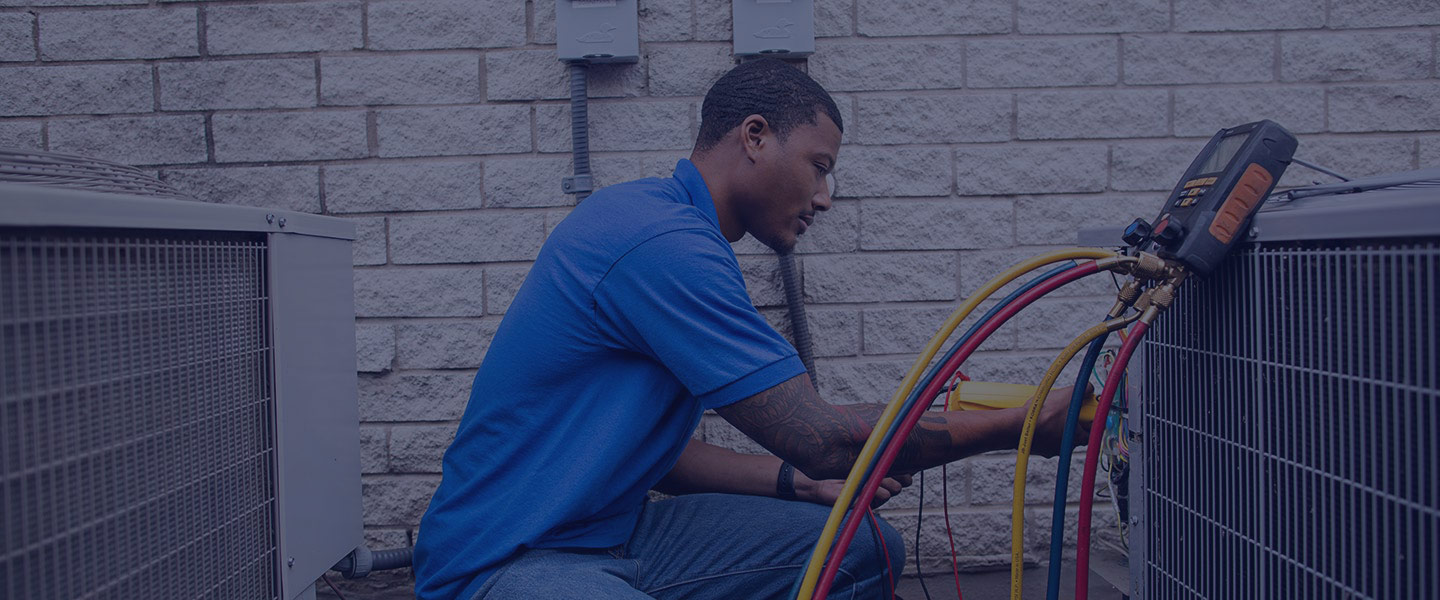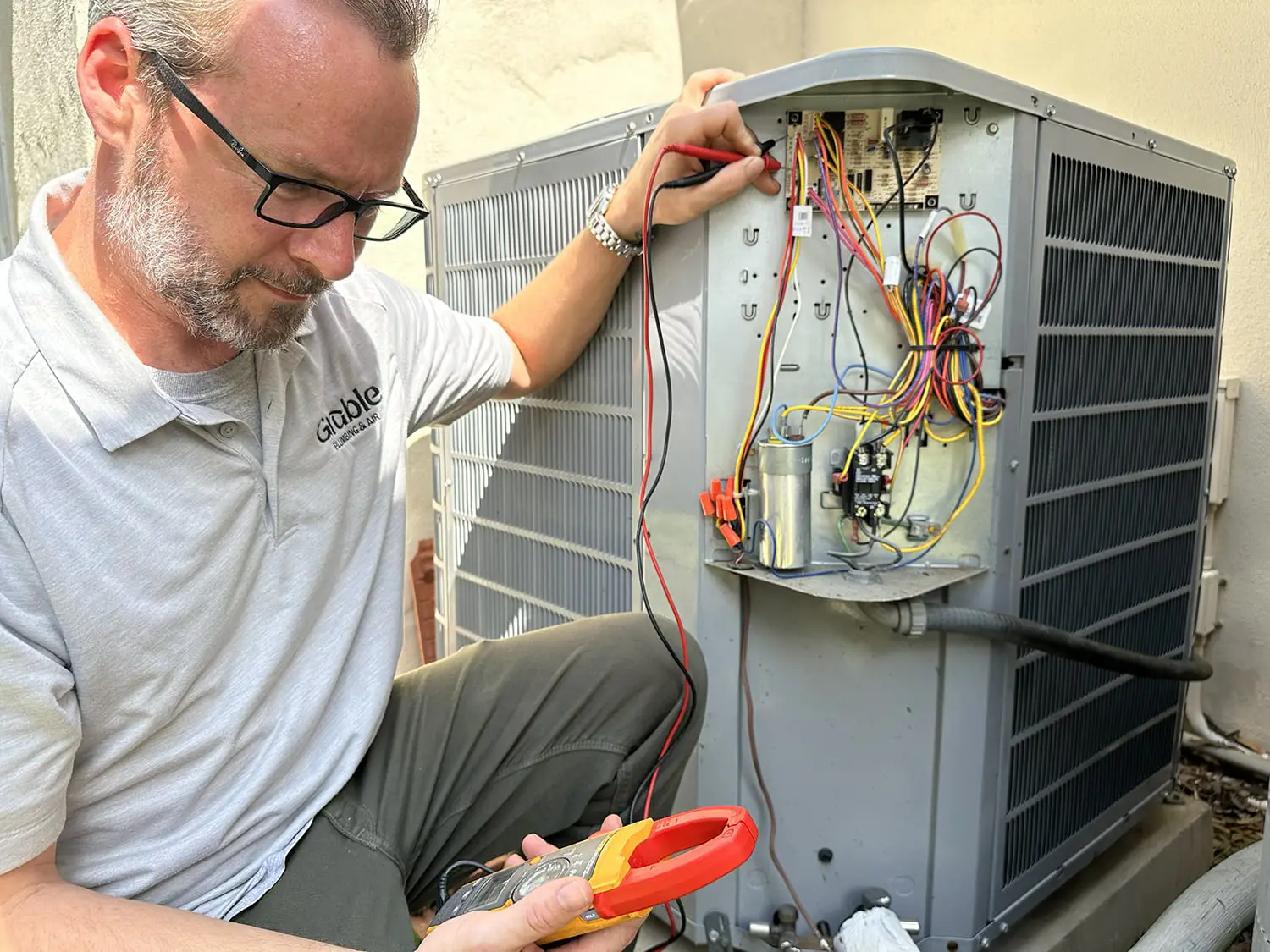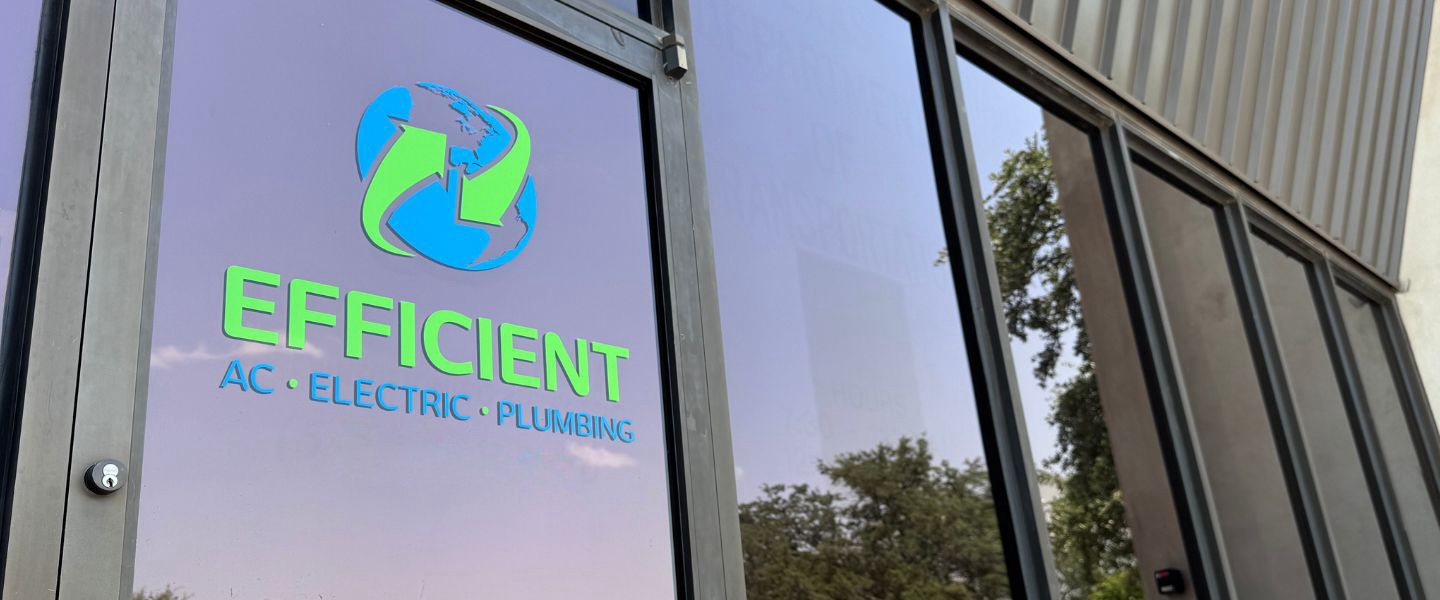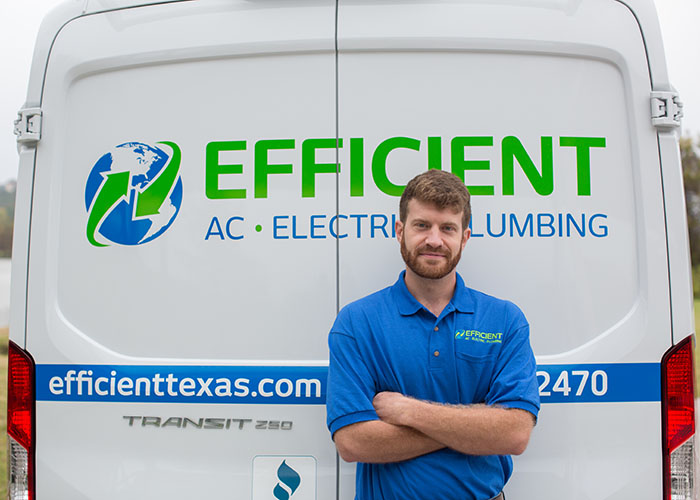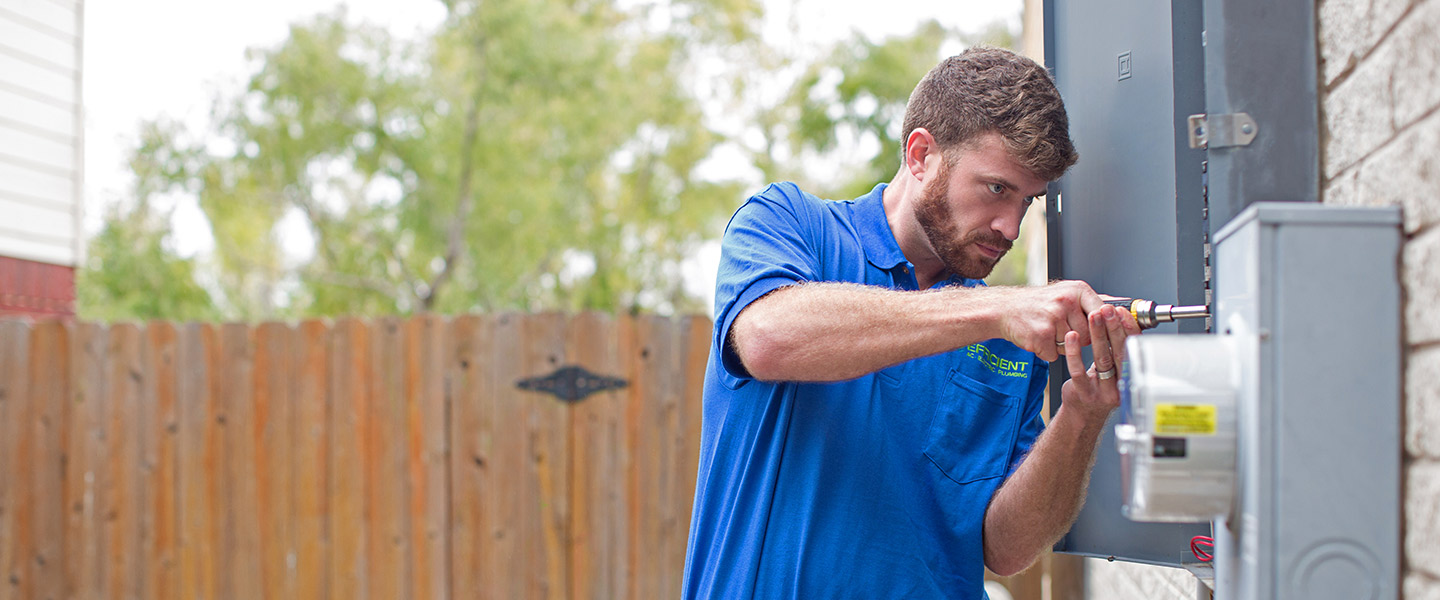Efficient Ac Electric & Plumbing Reviews
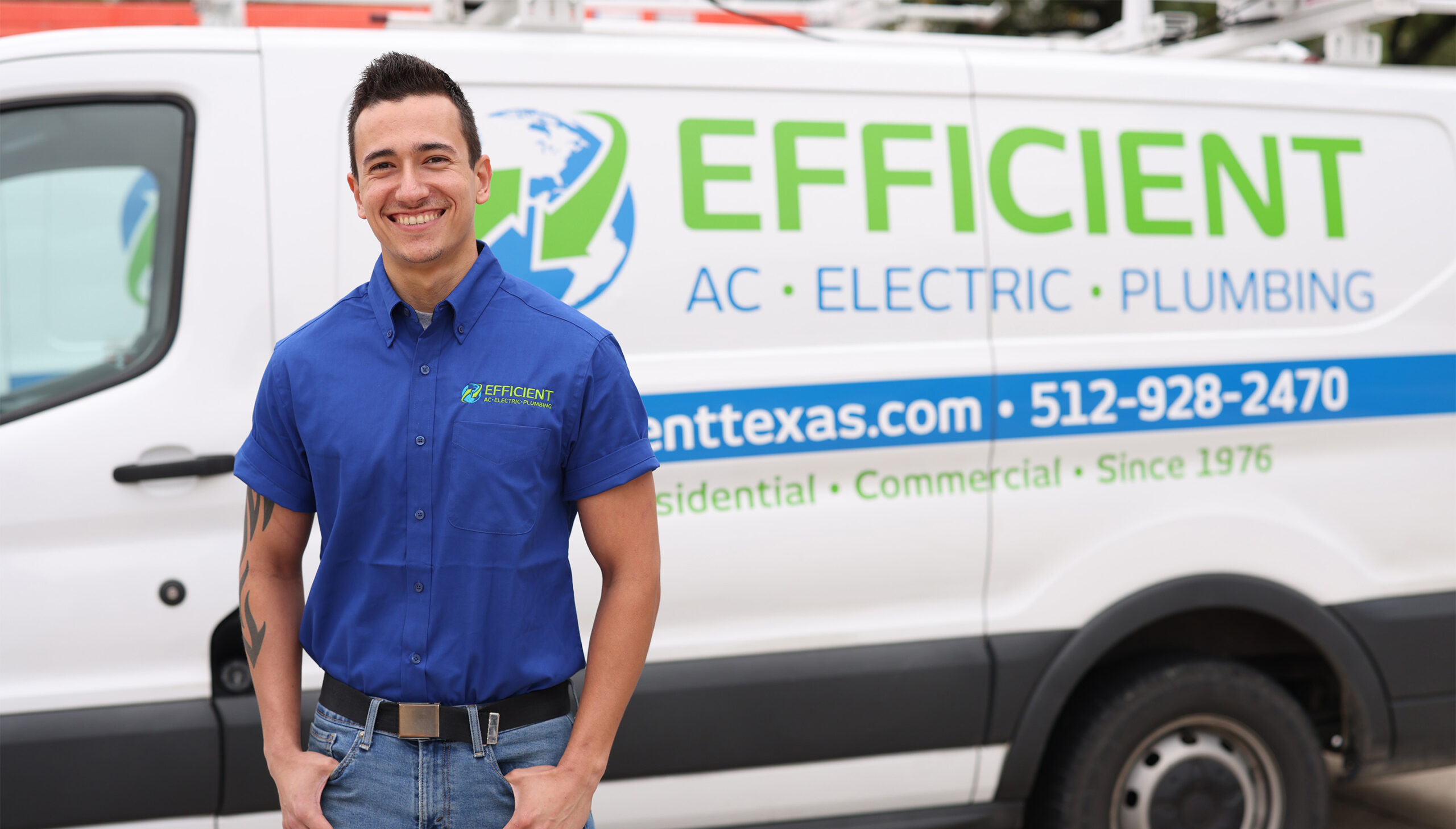
Let's face it, household appliances inevitably break down. One common culprit is a malfunctioning washing machine. Imagine you load your clothes, press start, and...nothing. Before calling a repair technician, let's explore some simple troubleshooting steps you can safely take to diagnose and potentially fix the issue yourself. Remember, safety first! If you're uncomfortable with any of these steps, or if the problem seems complex, call a qualified professional. This guide will walk you through common AC electric and plumbing-related issues that can affect your appliances.
Troubleshooting a Non-Starting Washing Machine
This guide primarily focuses on electric and plumbing aspects of a washing machine, not mechanical failures like a broken belt. If you suspect a mechanical issue, it's best to contact a qualified repair technician.
Step 1: Power Supply Check
The first thing to verify is the power supply. This might seem obvious, but it's often the simplest solution.
- Check the Outlet: Ensure the washing machine is properly plugged into the outlet. A loose connection can prevent power from reaching the machine. Try unplugging and re-plugging it firmly.
- Test the Outlet: Use a lamp or another small appliance to test the outlet. If the lamp doesn't turn on, the outlet may be faulty.
- Check the Circuit Breaker: Locate your home's circuit breaker panel. Look for the breaker labeled "Washing Machine," "Laundry," or something similar. If the breaker is tripped (in the "off" or middle position), flip it fully to the "off" position and then back to the "on" position. This resets the breaker.
- GFCI Outlet (if applicable): Some laundry rooms have GFCI (Ground Fault Circuit Interrupter) outlets for added safety. These outlets have "test" and "reset" buttons. If the outlet isn't working, press the "reset" button.
Important Safety Note: If the circuit breaker trips repeatedly, there's a short circuit. Do not keep resetting it. Call a qualified electrician to diagnose and repair the problem.
Step 2: Washing Machine Settings and Controls
Sometimes, the problem isn't electrical but rather a setting or control issue.
- Check the Timer/Control Panel: Ensure the timer or control panel is properly set to a wash cycle. Sometimes, a cycle isn't fully selected, or the dial is slightly off.
- Lid Switch/Door Latch: Most washing machines have a safety switch that prevents operation when the lid or door is open. Carefully inspect the lid switch or door latch mechanism. Look for any signs of damage or obstruction. Sometimes, cleaning around the latch area can resolve the issue. Do not attempt to bypass the safety switch, as this can be extremely dangerous.
- Pause/Stop Button: Make sure the pause or stop button isn't engaged. Some machines require you to press and hold the start button to resume the cycle.
Step 3: Water Supply Check (Plumbing Issues)
A washing machine needs water to operate. If the water supply is cut off, the machine won't start or will stop mid-cycle.
- Check the Water Supply Valves: Locate the hot and cold water supply valves behind the washing machine. Ensure both valves are fully open. Sometimes, these valves are accidentally turned off or partially closed.
- Check the Water Hoses: Inspect the water supply hoses for kinks, bends, or damage. Straighten out any kinks. If a hose is damaged, replace it immediately. Turn off the water supply valves before disconnecting any hoses.
- Check the Inlet Screens: At the point where the water hoses connect to the washing machine, there are usually small screens (inlet screens) that filter out debris. These screens can become clogged, restricting water flow. Turn off the water supply valves, disconnect the hoses, and carefully remove and clean the screens. Use a small brush or toothbrush to remove any sediment or debris. Reinstall the screens and hoses.
Step 4: Drain Hose Check (Plumbing Issues)
While a blocked drain hose won't usually prevent the machine from starting, it can cause other issues that might be mistaken for a non-start problem.
- Check for Kinks and Obstructions: Ensure the drain hose isn't kinked or blocked. Straighten out any kinks. Disconnect the hose from the drainpipe (usually a standpipe) and check for any clogs. You can use a garden hose to flush out any debris.
- Ensure Proper Drain Height: The drain hose needs to be at the correct height to prevent siphoning (water flowing back into the machine). The height is usually specified in the washing machine's user manual. Adjust the hose position as needed.
Step 5: Simple Part Replacement (Handle with Caution)
Only attempt these replacements if you are comfortable working with basic tools and have consulted your washing machine's user manual for specific instructions. Always disconnect the power supply before working on any electrical components. If you're unsure, call a professional.
- Water Inlet Valve: If you suspect a faulty water inlet valve (the valve that controls the flow of water into the machine), you can replace it. Purchase a compatible replacement valve. Turn off the water supply and disconnect the power. Carefully remove the old valve and install the new one, following the manufacturer's instructions.
- Lid Switch: If the lid switch is visibly damaged, you can replace it. Disconnect the power. Locate the lid switch (usually under the lid or door). Remove the screws or clips holding it in place. Disconnect the wires (take a photo beforehand to ensure proper reconnection). Connect the wires to the new lid switch and reinstall it.
Warning: Replacing parts like the motor, pump, or control board requires specialized knowledge and tools. It's best to leave these repairs to a qualified technician.
When to Call a Professional
Despite your best efforts, some problems require professional attention. Call a qualified appliance repair technician in the following situations:
- You suspect a serious electrical problem (burning smell, sparks, repeated circuit breaker tripping).
- The washing machine makes loud or unusual noises (grinding, squealing, banging).
- The washing machine leaks water from the tub, pump, or other internal components.
- You're uncomfortable working with electricity or plumbing.
- You've tried the troubleshooting steps above and the problem persists.
- The appliance is still under warranty. Attempting repairs yourself might void the warranty.
- You see signs of corrosion or damage to electrical wiring or components.
Regular Maintenance Tips
Preventive maintenance can help extend the life of your washing machine and prevent future problems.
- Clean the Dispenser Drawers Regularly: Remove and clean the detergent and fabric softener dispenser drawers to prevent clogs.
- Run a Cleaning Cycle: Most washing machines have a self-cleaning cycle. Run this cycle regularly (usually monthly) to remove buildup and residue. You can use a washing machine cleaner or a solution of vinegar and baking soda.
- Inspect Hoses Regularly: Check the water supply and drain hoses for cracks, bulges, or leaks. Replace hoses every 3-5 years, even if they don't show signs of damage.
- Level the Washing Machine: Ensure the washing machine is level to prevent excessive vibration and noise. Use a level and adjust the leveling feet as needed.
- Avoid Overloading the Machine: Overloading the washing machine can strain the motor and other components. Follow the manufacturer's recommendations for load size.
By following these troubleshooting steps and maintenance tips, you can potentially save yourself time and money by addressing common washing machine problems yourself. Remember to always prioritize safety and call a professional when needed. Good luck!
Additional AC Electric & Plumbing Considerations for Other Appliances
The same principles of checking power, water supply, and basic connections apply to other household appliances. Here's a brief overview:
Dishwashers
- Power: Similar to washing machines, check the outlet and circuit breaker.
- Water Supply: Ensure the hot water supply valve is open and the water inlet hose is not kinked. Also check the inlet valve screen for debris.
- Drainage: Ensure the drain hose is properly connected to the garbage disposal or drainpipe and is not clogged. A high loop in the drain hose is important to prevent backflow.
Refrigerators
- Power: Check the outlet and circuit breaker. Also, refrigerators may have an internal reset button that can be used in some cases.
- Water Line (for ice makers/water dispensers): Check the water supply valve and the water line for kinks or leaks. Replace the water filter regularly.
- Condenser Coils: Clean the condenser coils (usually located at the back or bottom of the refrigerator) regularly to improve efficiency.
Electric Stoves/Ovens
- Power: Electric stoves and ovens require a high-voltage (240V) outlet. Check the circuit breaker for the stove.
- Heating Elements: If a heating element is not working, it may need to be replaced. However, this should only be done by someone comfortable working with electricity and after disconnecting power.
Gas Stoves/Ovens
- Gas Supply: Never attempt to repair gas lines or gas components yourself. This is extremely dangerous. If you smell gas, leave the house immediately and call your gas company or the fire department.
- Pilot Light/Igniter: If the pilot light is out (on older models), relight it following the manufacturer's instructions only if you feel completely safe doing so. Modern gas stoves have electronic igniters. If the igniter is not working, it may need to be replaced by a professional.
